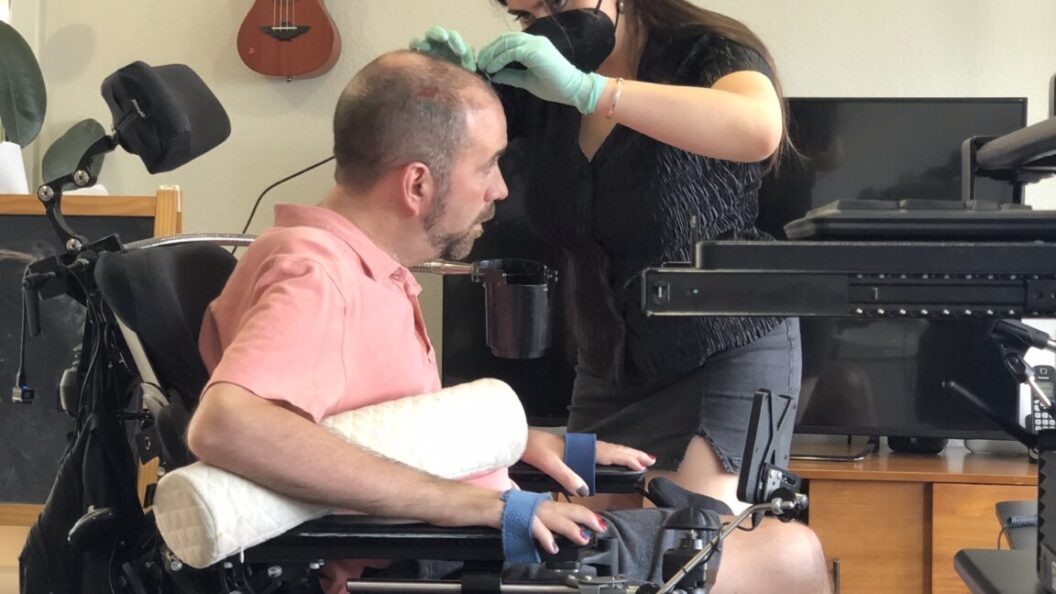Breakthroughs in Brain-Computer Interface Technology: Real-Time Speech Synthesis
In a significant advancement in Brain-Computer Interface (BCI) technology, researchers have developed a system that translates brain signals directly into sounds, providing hope for individuals with severe speech impairments. This innovative approach offers a faster and more versatile alternative to traditional brain-to-text methods, which often suffer from high latency and limited vocabulary.
Delays and Vocabulary Limitations
Historically, BCI systems have relied on converting brain activity into text, which is then synthesized into speech. A prominent study conducted by a team at Stanford in 2023 achieved an impressive accuracy rate of 97.5% in translating thoughts into text. However, the process exhibited significant delays that rendered natural conversation nearly impossible. As Dr. Stavisky noted, “Communicating over text can be limiting… sometimes you want to use your voice.” This natural verbal communication allows for nuances such as interjections or emotional expression, fundamentally enhancing the interaction experience.
Compounding the issue, the vocabulary of these systems is often restricted. For example, the most advanced systems typically support only around 1,300 words. This deficiency poses a challenge when users attempt to express non-standard phrases, names, or concepts, which can lead to misunderstandings or incomplete communication.
Innovative Approach by Wairagkar’s Team
In response to these limitations, researcher Wairagkar and her team have pursued a more direct strategy by designing a prosthesis that translates brain signals into sounds rather than text. This means that, instead of generating words on a screen before synthesizing speech, the system aims to produce sounds in real-time. This innovative approach not only reduces latency but also broadens the scope of communication for users.
The pilot study involved a participant codenamed T15, a 46-year-old man diagnosed with Amyotrophic Lateral Sclerosis (ALS), who faced severe paralysis and experienced difficulty in speech clarity. “When he tries to speak, I understand maybe 5 percent of what he’s saying,” explained Dr. David M. Brandman, a neurosurgeon and co-author of the study. Prior to the trial, T15 relied on a gyroscopic head mouse to communicate, highlighting the significant hurdles faced by individuals with severe speech impairments.
Potential Impact and Future Directions
The implications of Wairagkar’s innovative system could be profound. By facilitating a more natural means of expression for individuals with speech impairments, the technology not only enhances their communication but could also improve their overall quality of life. As societal understanding and acceptance of BCI technologies grow, such advancements might pave the way for broader applications, potentially extending beyond ALS to other medical conditions affecting speech and mobility.
While promising, the research is still in its early stages. Further trials and refinements will be necessary to fully understand the system’s capabilities and limitations. Ethical considerations surrounding the implementation of such technology will also require attention, particularly concerning privacy and consent.
In conclusion, Wairagkar’s work represents a remarkable shift in the landscape of assistive technologies. The ability to produce real-time speech from brain signals not only addresses the significant challenges of latency and vocabulary constraints but also redefines what is possible for individuals with speech impairments. As researchers continue to explore the potential of BCIs, the vision of seamless communication for all may become an achievable reality.












